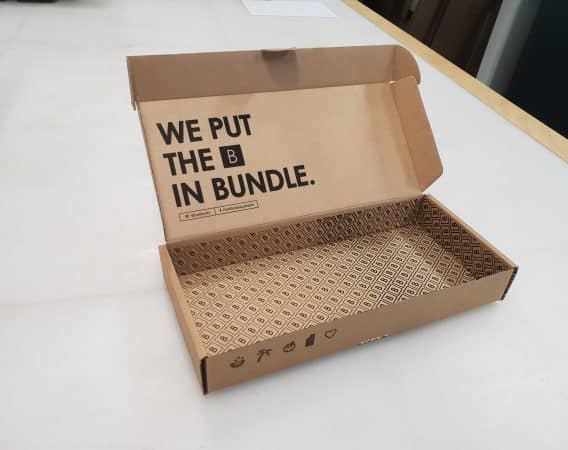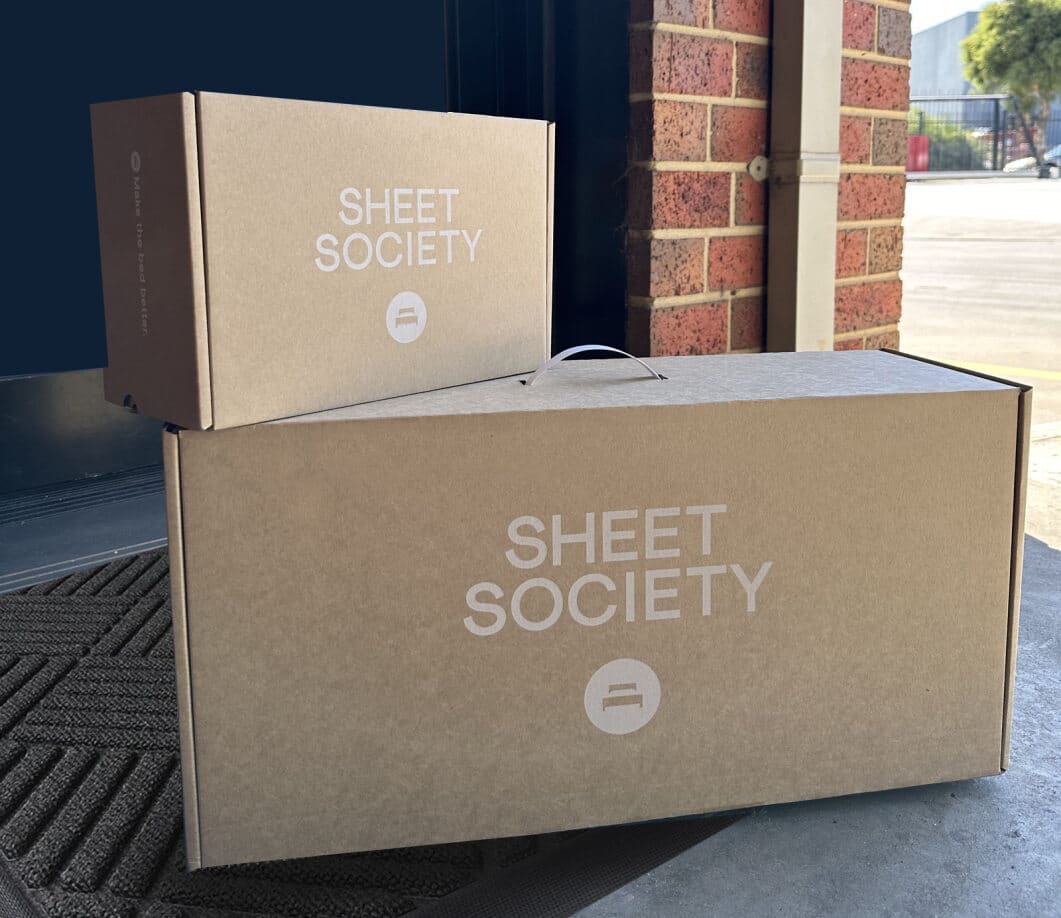In the wake of informed consumerism, customers have become highly conscious of only engaging with brands and businesses that align with their values. Therefore, sustainable packaging is no longer a mere added value – it’s become an essential tool for businesses to thrive against competitors who have already adapted their packaging to meet this consumer expectation.
However, making this switch is harder for businesses dealing in perishables or liquid products. The primary purpose of packaging is to safeguard the products from various external factors. Such as potential impacts during transportation, environmental factors and infiltration. Some industries and products are at a higher risk of damage than others, therefore, switching the packaging materials to hop on the sustainable packaging trend may be difficult.
However, there are ways to ensure that your new packaging is sustainable, as well as sturdy and reliable to sufficiently protect the product against any external stressor.
Less is More – Say No to Excessive Packaging
In recent times, overpackaging has urged consumers and critics to question how sincere are businesses with their sustainable packaging claims.
An early shift toward plastic-free packaging saw that it barely reduced plastic usage, and likely resulted in more waste than before. Many businesses, to appeal to their audiences and ride the early way of green packaging started to double-pack their products. The outside packaging was made of sustainable materials, thus, creating the impression of being environment-friendly but the insides comprised heavily of plastic packaging.
To ensure your packaging is sustainable, it’s important to minimise the post-use waste as much as possible – of course, without affecting the product’s safety. Even if your inserts and cushioning are made of sustainable materials, it’s worth considering how much of it is needed and if it is needed at all. Sustainable materials, when not recycled properly – often end up in landfills which is highly detrimental to the environment.
Leverage Design Innovation
A well-thought packaging design can help ensure strength and sustainability in the product packaging. Investing in design innovation will guarantee all your purposes are served for the packaging, without having to compromise on any front.
When the packaging is easy to disassemble, does not comprise of complex structures and multiple adhesives – the customer is more likely to dispose it properly and hence, it is less likely to reach landfills.
To achieve this, it’s essential to avoid mixed-material packaging designs and to use as minimal of the material as possible, even if it’s sustainable and recyclable. This makes recycling easy for the customers and further ensures the unlikelihood of packaging waste.
Designs that rely on folding and/or interlocking mechanisms are a sustainable way of achieving sturdy packaging. They require fewer materials to maintain the integrity of the structure. Optimizing the designed structure to evenly distribute the weight and reinforce the areas of impact further rules out the potential for damage!
Pro tip: Enhance the value of packaging beyond its initial use. Packaging that can be reused and repurposed by customers reduces waste and adds value to your product.
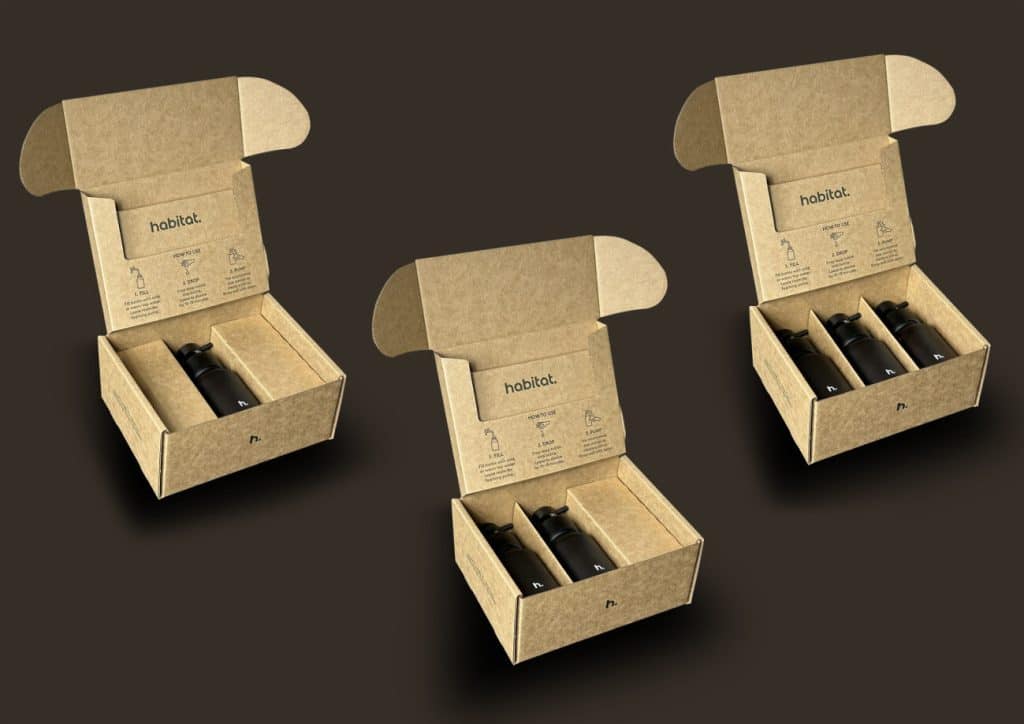
Make Sustainable Raw Materials
First things first, replace (wherever possible) the materials used in your packaging with sustainable alternatives. This includes cardboard, paper or bioplastics. These are some of the options that are recyclable and compostable, as well as reduce the demand for virgin resources. They break down easily and naturally compared to plastic.
While it is a fair concern that biodegradable alternatives may reduce the strength and level of protection offered by the packaging – there have been significant advancements in sustainable packaging materials. Engineered fibres and bio-polymers are some of the sustainable materials which can be used as alternatives to conventional, unsustainable materials – without compromising the mechanical properties.
Ethical Sourcing and Efficient Manufacturing
In addition to the type of material used, the way it is sourced also impacts the environment in multiple ways. Sustainable packaging is no good if it’s causing damage or pollution in the process of it’s production.
To truly commit to your mission of becoming a sustainable and planet-loving business, source your materials from responsibly managed forests or recycling facilities. Work with like-minded suppliers, who believe in the importance of preserving the environment – just as much as you.
Additionally, try to source your materials locally and as close to home as possible to avoid the carbon footprint associated with transportation.
Similar considerations also apply to the manufacturing process, so it works efficiently to save energy consumption and lower waste production.
For all sustainable and for-the-environment businesses, it’s upto us to educate our audience on how to further our initiatives by responsibly disposing the packaging supplied with products. Instructions on how to recycle the packaging properly should be easily available to your customers on all channels – packaging, website, social media etc.
Sustainability is a commitment that extends beyond customer acquisition and following a trend. Therefore, businesses transitioning toward plant-friendly practices must put in enough research to ensure that they are successfully meeting the guidelines set by government and global bodies.
To find out more about how we helped our clients master sustainable and sturdy packaging solutions, read our case studies on the packaging we produced for Habitat and Single Use Ain’t Sexy.
To get a customised, sustainable and sturdy packaging solution for your business, connect with us.
Recent case studies
Article
Sustainability in Packaging: Should You Go Custom or Stick to Standard?
When it comes to sustainable packaging, businesses are often faced with a choice: go custom or stick with standard options. While both options have th...
More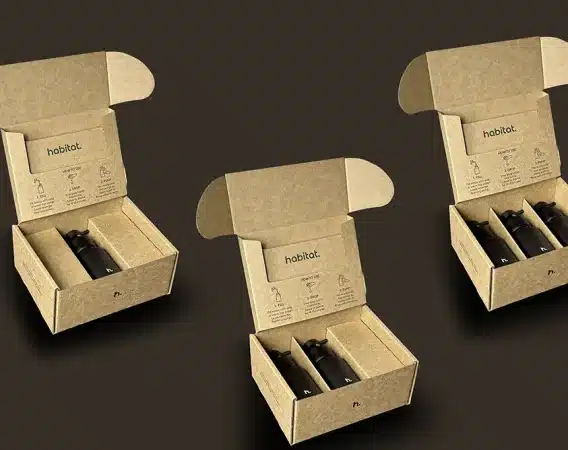
Article
Why Consumers Love Seasonal Packaging (And How Brands Can Use It to Their Advantage)
Discover why seasonal packaging excites consumers and boosts sales. Learn how brands can use limited-time designs, festive boxes for packaging gifts, ...
More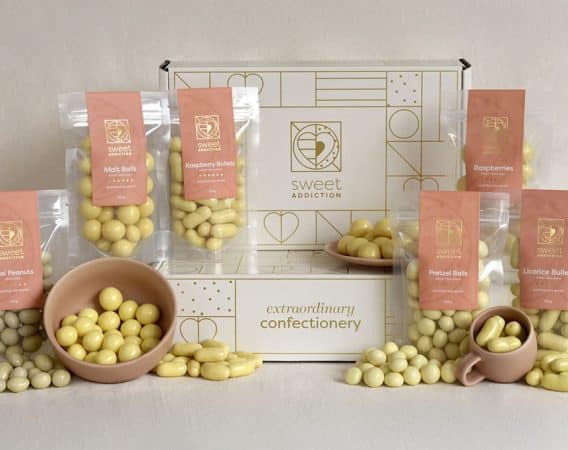
Article
5 Packaging Tips for Your 2025 Sustainability Goals
Over the past years, consumers have become more conscious about the environmental impact of their choices, and businesses are taking note. For many, s...
More